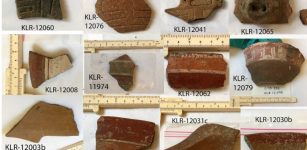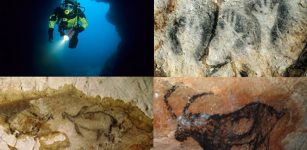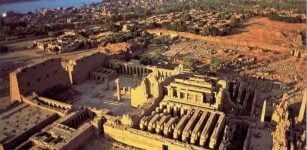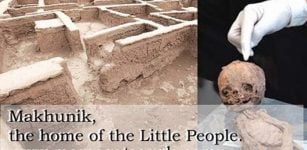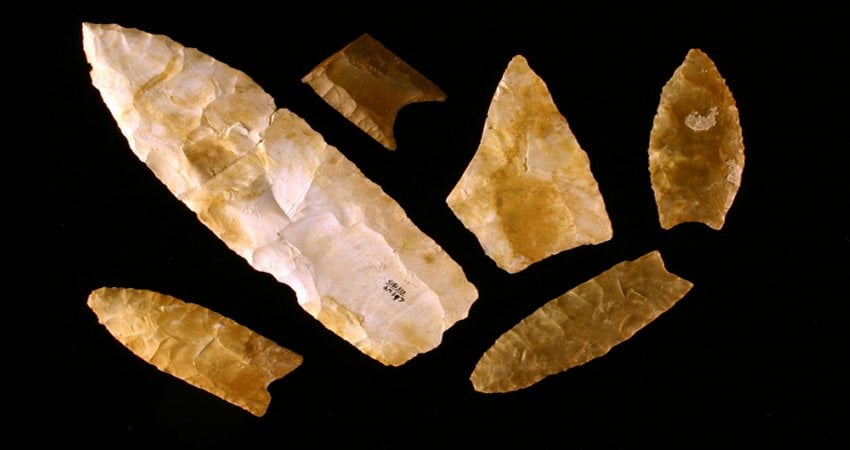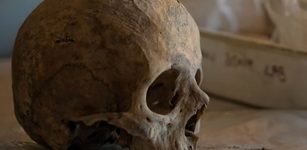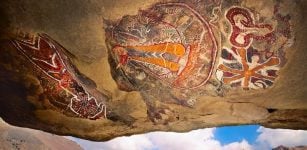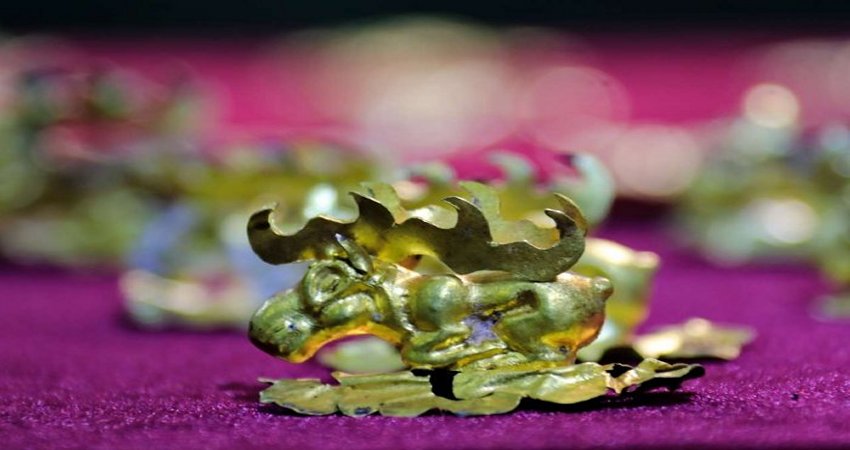Viking Burial Rituals: High Ancient Funeral Pyre Reflected High Social Status
MessageToEagle.com – Die as a true and brave warrior and you will go to Valhalla, the kingdom of the great Norse god Odin. That was the ultimate goal of every Viking. It was also the reason why warriors never feared, but rather embraced death
Fire played a central role in spectacular burial rituals practiced by the Vikings.
When a great Viking chieftain died, he received a ship burial. This involved placing the deceased on the ship, sail him out to sea and set the Viking ship on fire. People could watch flames dance high in the air as they embraced the mighty warrior on his way to the afterlife.
By modern standards it might sound crude, but Viking burials were intended to be a spectacular ritual. Viking funeral traditions involved burning ships and complex ancient rituals
Ship Burial Was Reserved For Great Viking Warriors
Based on discovered archaeological evidence it seems that the funeral boat or wagon was a practice reserved for the wealthy.
This type of burial was not common however, and was likely reserved for sea captains, noble Vikings and the very wealthy. In Old Norse times, boats proper boats took several months to construct and would not have been wasted without a valid cause or a suitable amount of status.
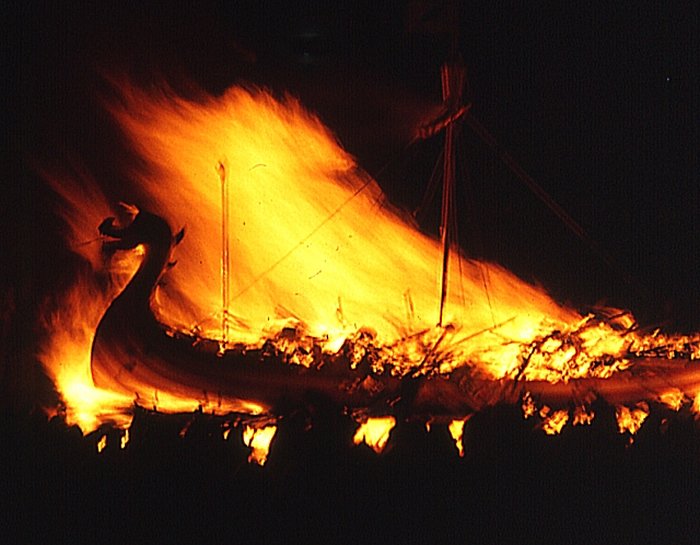
Another option was that the Viking was burned and cremation was rather common during the early Viking Age. Ashes were later spread over the waters. The vast majority of the burial finds throughout the Viking world are cremations.
High Funeral Pyre Was A Symbol Of High Status
A high funeral pyre reflected high social status. By putting together, a wooden pyre, ten by twenty meters, reaching two meters up into the sky, one could be certain the blaze was burning bright.
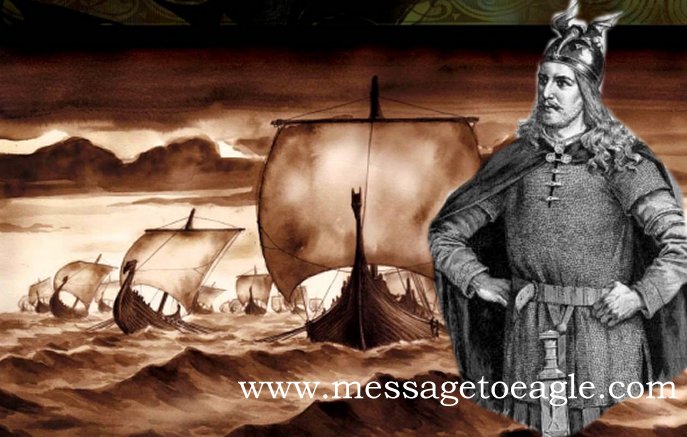
“They used much more wood than was necessary—a few cubic meters would have been enough, but it was intended to be a spectacular ritual.
The number of symbolic gifts, such as beads, silver, and gold increases with the size of the fire. The common denominator is that the dead is cremated, then you sift through the remains, and occasionally it was sealed with a mound,” says archaeologist Mogens Bo Henriksen from Odense City Museums.
Open Fire Was Used To Follow The Transformation And Say Farewell To The Deseaced
Henriksen’s research shows that special plants and woods were deliberately added to the fire to create smoke and smells. The cremation process was meant to activate all of our senses.
Vikings used open fire because people wanted to follow the transformation involved with the fire. It was an important part of the process of saying farewell to the dead.
See also:
Vikings: Facts And History About The Tough Norse Seafaring People
Glima – Ancient Martial Art Practiced By The Vikings Is Still Popular Today
Mystery Of Viking Ruler Rollo Continues – Surprising Discovery In Ancient Grave
Explore The Mysterious Ancient World Of The Vikings
Burial Rituals Took Place At Carefully Selected Locations
According to Henriksen, the pyres did not happen randomly or at random places. It was a carefully selected location.
It wasn’t about choosing the place where it was easiest to get firewood, but where the deceased should be buried,” he says.
The rituals were extensive and did not simply end with after the pyre had burnt down.
“There was more than burning going on here. There was preparation of food, bone material was deposited in the ground, and animals and weapons sacrificed as offerings. The graves are sealed and reopened. It wasn’t just a place where you burnt and buried people. The place represents the transition from the living to the dead. There’s a highly developed mind-set behind these processes,” says Henriksen.
Henriksen has been excavating graves and the remains of pyres for the past three decades, which led to his research in cremation. During this time, he has discovered that ancient Viking tombs were dynamic.
I’ve looked at bones, urns, gifts. But I began to think about the ritual itself. More and more, I think that this was central,” says the archaeologist.
What we call a tomb today is a static thing or concept that represents a one-time treatment where the body is present in its entirety. But in ancient times, a tomb was a dynamic thing, says Henriksen.
“It could be opened, things could be placed there or taken out, and closed again. A body could be split up,” he says. “We know that significant events took place after the cremation. The cremated remains are divided into portions, some are placed [in the tomb] while others are missing.”
Incredible Up Helly Aa Festival – Experience A Viking Ship Burial In Modern Times
During the Up Helly Aa festival in Lerwick, Shetland Islands one can experience the sacrifice of a longship.
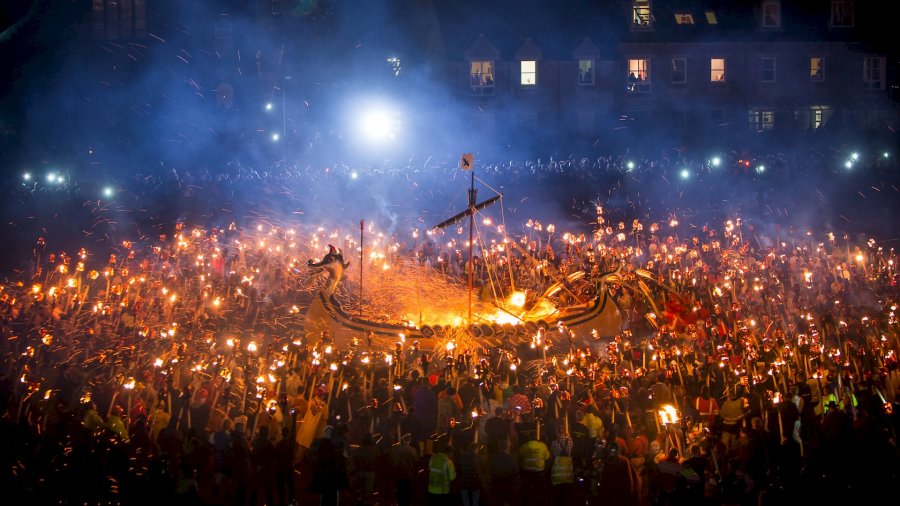
The annual festival began in 1870. It celebrates the influence of the Scandinavian Vikings in the Shetland Islands. Shetland and neighboring island Orkney were ruled by the Norse for about 500 years until they became part of Scotland in 1468.
Up Helly Aa is an incredible experience that cannot be easily forgotten. Several thousand people work the whole year to organize this fantastic event that takes place on the last Tuesday of January each year.
MessageToEagle.com
Expand for references
